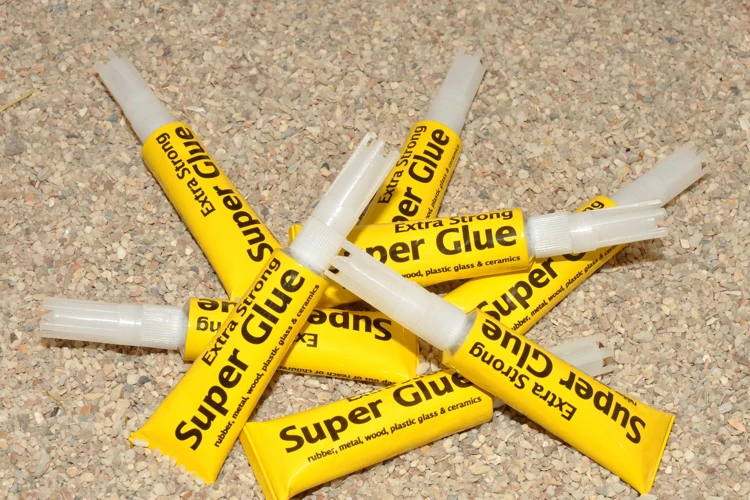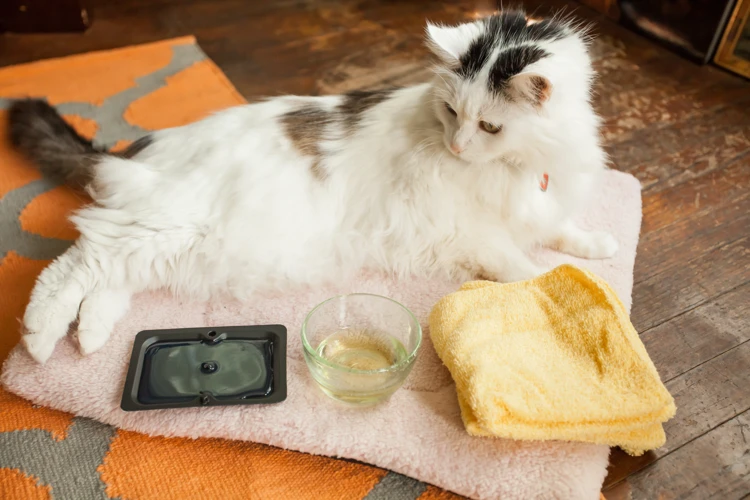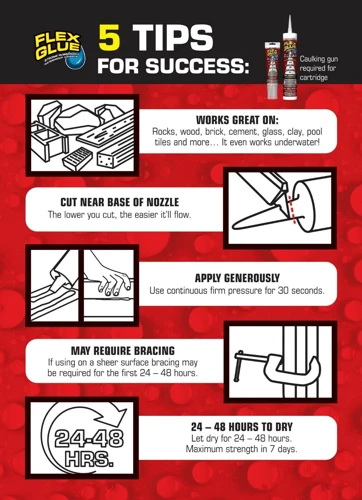Discovering that your furry friend has stepped into a sticky mess can be alarming. Glue on a dog’s paw is not just uncomfortable for your pet but can also lead to potential skin irritation or injury if not addressed promptly and correctly. In this informative post, we’ll navigate through the proper techniques for safe glue removal, ensuring the comfort and dog paw care that our canine companions deserve.
Step-by-Step Guide to Remove Glue from Dog Paw
Assessing the Situation
Before diving into the removal process, it’s crucial to assess the extent of the adhesive’s contact. Check if the glue has hardened, which type it is, and the amount present. This preliminary step will inform your approach and help prevent any further distress to your pet.
Gathering Necessary Supplies
Preparation is key in the removal process. You’ll need items like a pair of scissors, cotton balls, a soft towel, and a pet-safe solvent or oil. These tools will aid in the gentle detachment of the glue without causing harm to your pet’s delicate paws.
Gentle Removal Techniques
When attempting to remove glue from dog paw, use mild methods. If the glue is still tacky, you may be able to carefully trim away the excess with scissors. For more stubborn adhesives, soaking the paw in warm, soapy water can help loosen the glue’s grip.
Washing and Cleaning Dog’s Paw
Once the bulk of the glue is gone, a thorough wash is necessary. Use a gentle pet shampoo and massage the paw to ensure all residual glue is removed. Rinse well and pat dry with a soft towel, checking for any leftover adhesive.
Non-Toxic Glue Removal Solutions
Home Remedies for Glue on Paw
- Vegetable oil or olive oil can break down many adhesive substances.
- Warm water mixed with mild soap helps in softening the glue for easier removal.
- A paste of baking soda and coconut oil can act as a safe solvent.
Commercial Non-Toxic Adhesive Removers
When home remedies don’t suffice, there are commercial non-toxic glue removal products designed specifically for pets. Opt for those that are free of harsh chemicals to ensure pet safety throughout the process.
Dog Paw Care Post Glue Removal
Inspecting for Injuries
After adhesive removal for pets, it’s vital to examine the paw for any signs of injury, such as cuts or irritation. If any damage is apparent, seek veterinary assistance for the appropriate treatment.
Applying Paw Balm and Care Products
To soothe and protect your dog’s paw post-cleanup, consider applying a pet-safe paw balm. This will aid in healing and offer a layer of protection for their sensitive pads.
Ensuring Pet Safety During Adhesive Removal
Maintaining a Calm Environment
Create a relaxing atmosphere to ease your dog’s anxiety during the cleaning process. Speak in a calm voice and offer treats as a distraction to make the experience as stress-free as possible.
Preventing Future Accidents
Keep adhesives and other harmful substances out of your pet’s reach. Being vigilant about your dog’s environment is the best preventive measure to ensure their safety.
Maintaining Dog Paw Health
Routine Cleaning and Examination
Regularly how to clean dog paws is essential for overall dog paw health. Inspect their paws daily for debris, cuts, or irritants, and clean them as needed to prevent issues.
Protective Measures for Dog Paws
Consider using dog booties or paw protectants when walking in potentially hazardous areas. This proactive approach can shield your pet’s paws from various dangers, including harmful substances.
Troubleshooting and Tips for Effective Glue Removal
If you’re struggling with a particularly stubborn case, patience is key. Reapply non-toxic solvents and allow ample time for them to work. If the glue does not budge, consult a professional groomer or veterinarian for assistance.
Preventing Glue Accidents: Pet Safety Tips
Staying organized and keeping your pet’s environment clean can immensely reduce the risk of glue accidents. Secure adhesives in closed cabinets or high shelves where your dog can’t access them, and always supervise your pet in areas where they may encounter sticky substances.
If your pet has had an unfortunate encounter with glue, you’re likely looking for safe and effective solutions to help them. Whether you’re dealing with a sticky situation on your dog’s paw or your cat has accidentally stepped on a glue trap, we’ve got you covered. Explore our guides on how to get glue off dog fur for comprehensive advice on addressing this common issue. If it’s your feline friend who needs assistance, our article on how to get glue trap off a cat’s paw will provide you with the necessary steps to free your cat safely. And for those unexpected moments when a reptilian pet or visitor gets caught, check out our instructions on how to get a lizard off a glue trap. These resources are designed to help pet owners and animal lovers ensure the safety and comfort of their furry and scaly companions.
Conclusion: The Importance of Dog Paw Care
Caring for your dog’s paws is a critical aspect of their overall health and well-being. By learning how to effectively remove glue and provide proper aftercare, you’re not only addressing the immediate concern but also contributing to their long-term comfort and happiness. Remember that regular maintenance, coupled with preventive measures, will keep your dog’s paws in top condition, ready for all the adventures ahead.



